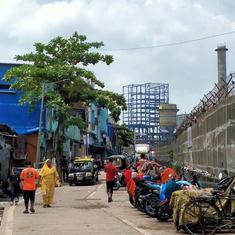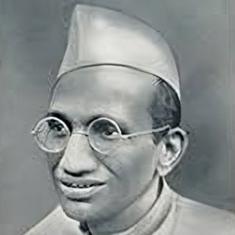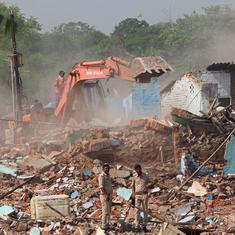“Punishing the actual perpetrator of a crime is a concrete and essential step… But creating a false appearance of having solved a case… undermines public trust and falsely reassures society, while in reality, the true threat remains at large. Essentially, this is what the case at hand conveys.”
With this powerful observation, the Bombay High Court on Monday acquitted all 12 Muslim men convicted in the 2006 Mumbai serial train blasts case. The July 11, 2006, terror attack had killed 187 people and injured 824. The High Court overturned a 2015 decision by special Maharashtra Control of Organised Crime Act court judge Yatin D Shinde that had sentenced five of the men to death and seven to life imprisonment.
The High Court delivered a scathing indictment of the prosecution's case. It concluded that the evidence presented by the Mumbai Police’s Anti-Terrorism Squad was unreliable. The court found that the entire case was built on three pillars: eyewitness accounts, recoveries of explosives and confessional statements. It held that all of them had crumbled under legal scrutiny.
The statements were obtained through “barbaric and inhuman“ torture, the eyewitness accounts were unreliable and the evidence recovered was “vulnerable to tampering” and therefore inadmissible.
The judgment, delivered by Justices Anil S Kilor and Shyam C Chandak, sets 11 of the convicts free after 19 years of incarceration – one of them had died in 2021 due to Covid.
However, it leaves a very important question unanswered: who then was behind the 2006 Mumbai train blasts?
Scroll unpacks the 667-page judgement, written by Kilor.
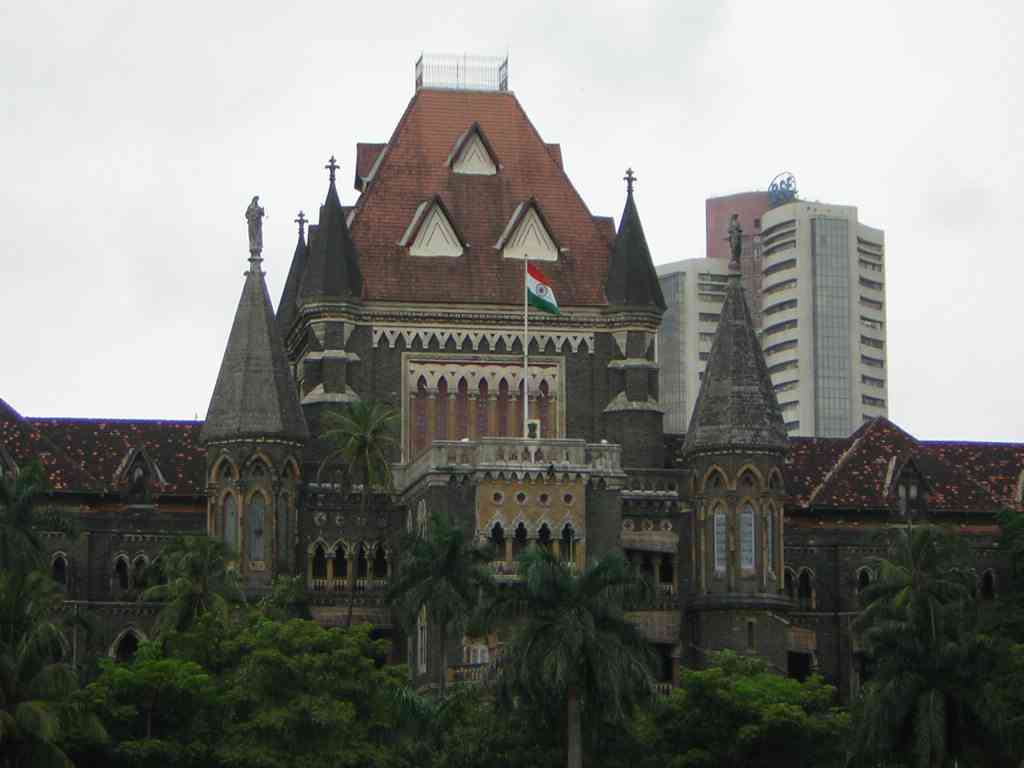
Unreliable eyewitnesses
The prosecution presented eight key eyewitnesses. This included taxi drivers who claimed to have ferried the accused and train passengers who claimed to have seen them planting bombs. The High Court found their testimony “unsafe” to rely upon for several reasons.
A major blow to the prosecution was the invalidity of test identification parades conducted by the police.
In a test identification parade, a witness is shown a group of people that includes a suspect and asked to identify the person they witnessed committing an offence.
The court found that the special executive officer, Shri Barve, who conducted the parades, had no legal authority to do so. His term had expired over a year before he conducted the parades on November 7, 2006. This rendered the identification of three accused in the parades inadmissible.
With the parades invalidated, the prosecution had to rely on “dock identification”. This is when a witness identifies an accused for the first time in court. The court noted this was a weak form of evidence. In this case, the identification took place more than four years after the incident.
The court also pointed to huge, unexplained delays. Most witnesses approached the police more than three months after the blasts and their evidence was largely uncorroborated by other evidence. The court found this very suspicious.
For instance, the two taxi drivers who served as witnesses remained silent for four months after the blasts. The court found it unbelievable that they could remember the faces of their passengers after so long, given the brief and impersonal nature of taxi rides in a large city like Mumbai.
On top of this, the court slammed the prosecution for not examining six key witnesses who gave statements describing some suspects to the police within days of the blasts. This led the court to draw an “adverse inference” against the prosecution – meaning the court assumed the missing evidence would have disproven the prosecution's case.
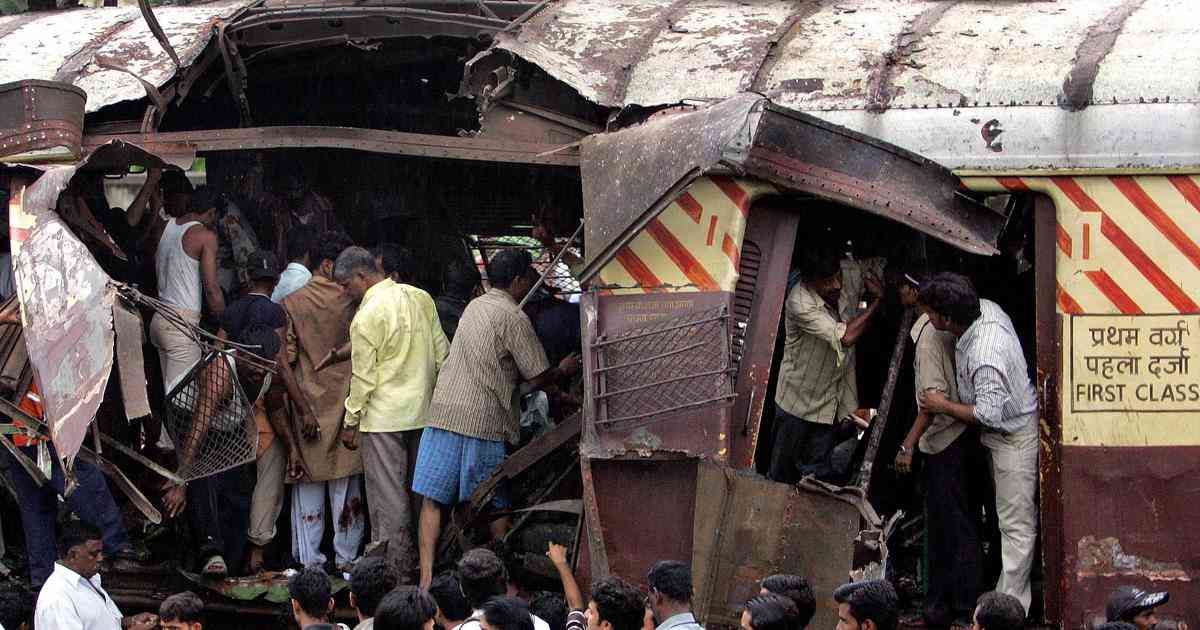
Tainted recoveries
The second pillar of the prosecution's case was the recovery from the accused of the explosive RDX and other materials – chemicals, books, maps, mobile phones, circuit boards, pressure cookers, Saudi currency, computer discs, cassettes, wires and other electric components. The court found this evidence had “no evidentiary value” due to a complete failure to follow standard procedures.
The most critical lapse was the absence of proper sealing of the seized articles that would prevent tampering.
According to the Bombay Police Manual, any seized exhibit must be immediately packed, sealed with an official lac or brass seal, and labelled. The court found that this mandatory procedure was not followed in any of the RDX recoveries.
For instance, 500 grams of RDX powder was allegedly seized from one of the convicts in Bihar. However, the evidence showed that the packet was not sealed with an official lac or brass seal. It was simply tied with a thread and had a paper label with signatures.
Similarly, cotton swabs with traces of RDX, allegedly recovered from another convict’s house, were sent to a forensic science laboratory in an unsealed condition. The lab returned the swabs six days later, asking for them to be sealed. The court noted that for these six days, the crucial evidence was vulnerable to tampering.
Other recovered items, such as books, maps, computer parts and wires were deemed legally insufficient to prove the alleged crimes, leading to the overall rejection of the recovery evidence.
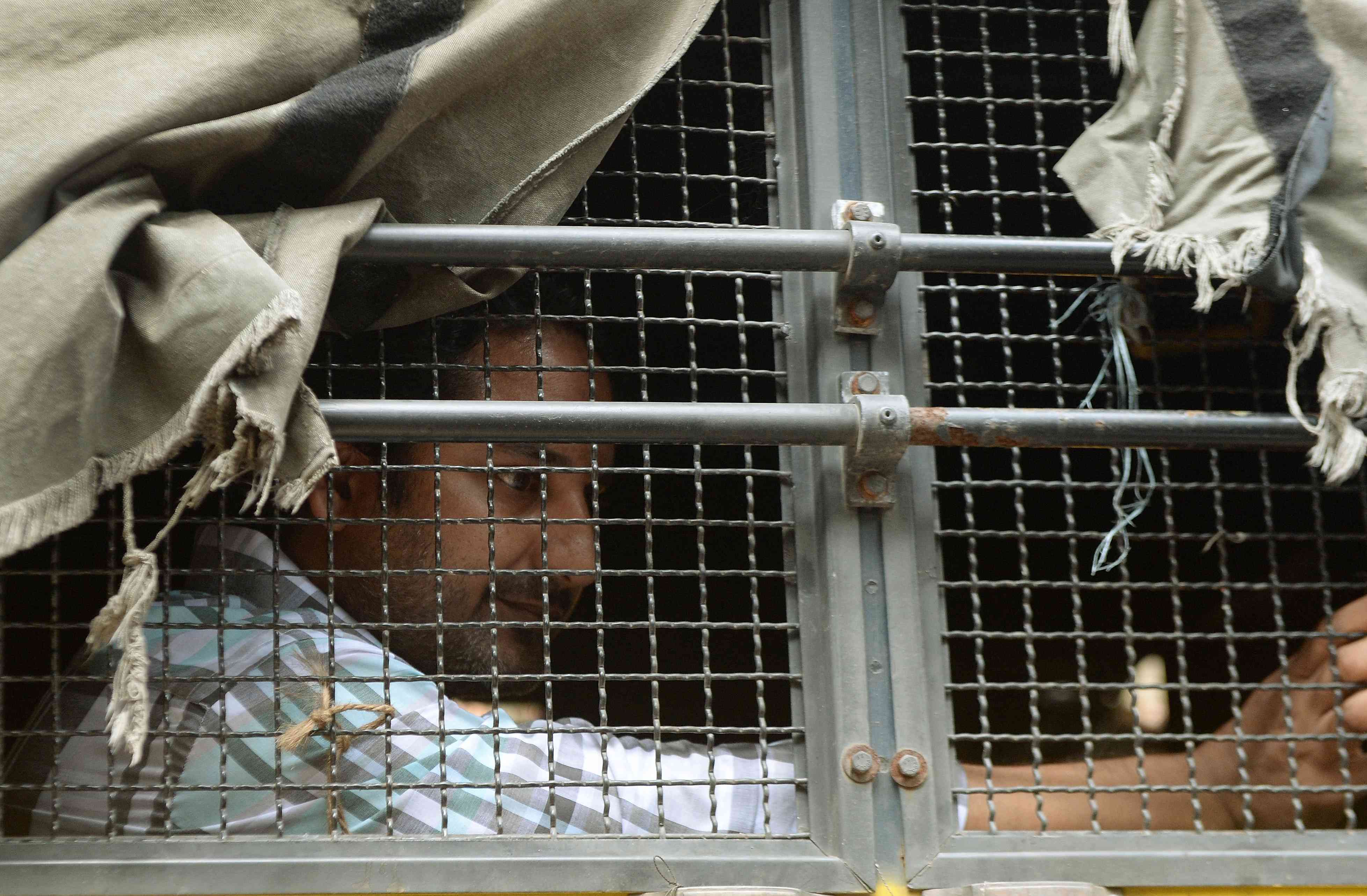
Confessions extorted by torture
The final and most crucial pillar was the confessional statements of 11 of the convicts. According to the Maharashtra Control of Organised Crime Act, 1999 under which the accused were booked and convicted, a confession recorded by a senior police officer is admissible as evidence. However, the law lays down strict safeguards to ensure the confession is voluntary. The High Court found that these safeguards were completely violated.
The court expressed shock to find that confessional statements recorded by different officers, at different times and places, were identical “verbatim”. This included questions, answers and even grammatical mistakes. This led the court to believe that the confessions were not genuine but had likely been copied from a pre-prepared document.
Most damningly, the court concluded that the confessions were extracted through torture. The judgment details extensive allegations of “barbaric and inhuman” torture made by the convicts. They spoke of beatings with belts, having their legs split apart by 180 degrees, being subjected to electric shocks and sleep deprivation. The court found that these allegations were corroborated by medical evidence.
Based on the “unshaken” evidence of torture, the court ruled that all the confessional statements were inadmissible.
The court noted that other procedural requirements for admission of confessions as evidence under the act were also not complied with. These included informing the convicts of their right to legal services before recording their confessions, and certifying the language of recording and that their statements were read back to the convicts and confirmed by them.
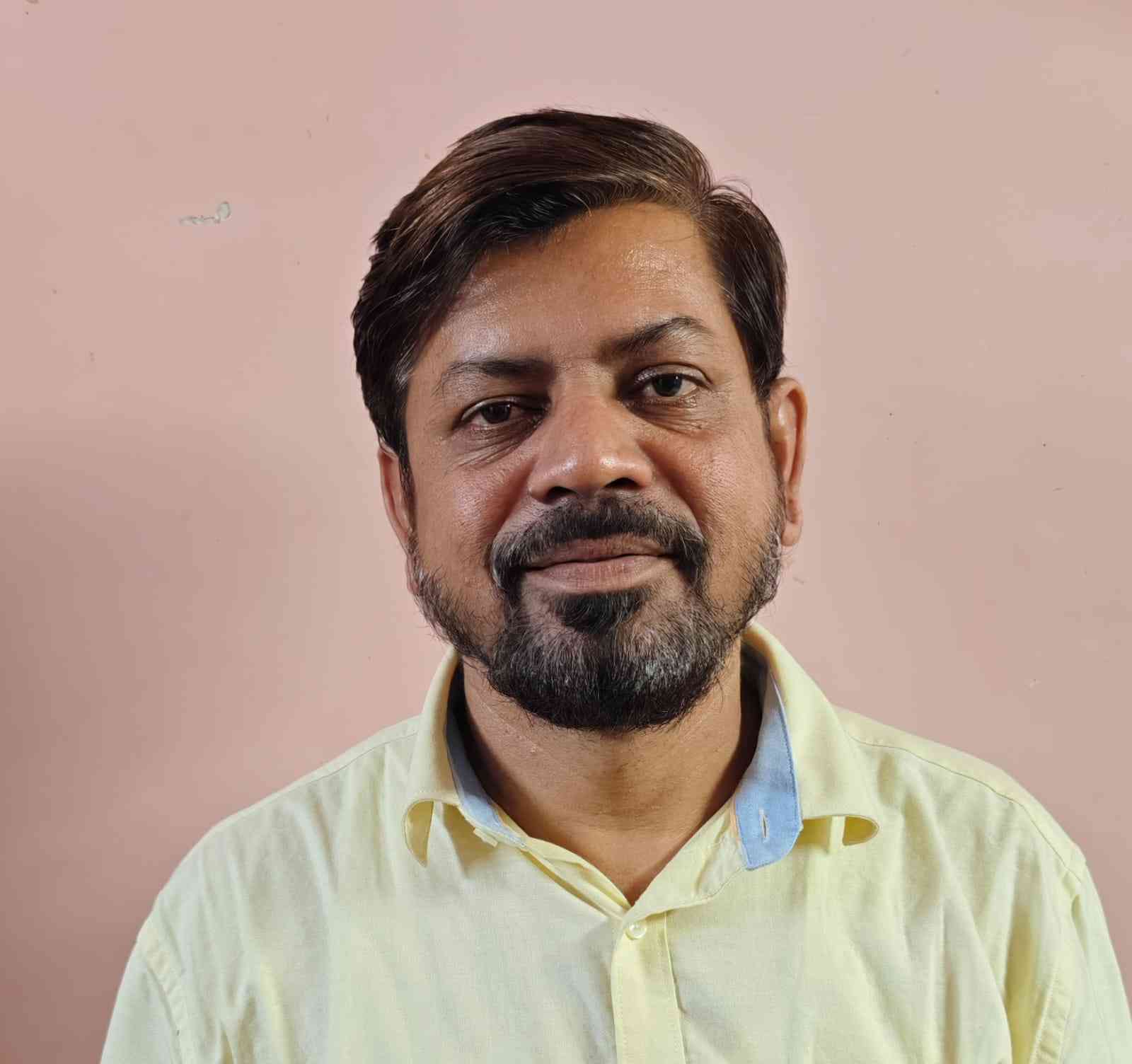
Flawed foundation
The court then struck at the very foundation of the case. It ruled that the invocation of the stringent Maharashtra Control of Organised Crime Act was itself illegal.
This hinged on a “prior approval” under the act from a senior police officer, which the court found deeply flawed. The sanctioning officer, the Additional Commissioner of Police of the Anti-Terrorism Squad at that time, SK Jaiswal, had granted it without seeing the necessary documents.
In fact, crucial papers arrived days after he gave his approval. The court noted he had acted merely on a phone call and that his approval order was a mechanical exercise. It also incorrectly used legal terms. This showed a complete non-application of mind, it held.
To make matters worse, the prosecution never called Jaiswal to testify in court. Without his testimony, the court ruled, the approval could not be legally proven.
Furthermore, the court found a fundamental legal error in the application of the organised crimes act. To apply the law, the prosecution must show the accused is involved in a “continuing unlawful activity”.
The law defines this strictly. It requires at least two prior chargesheets for offences punishable with a minimum of three years in prison. However, the two prior cases relied upon by the prosecution against one of the accused were under Section 153A of the Indian Penal Code that carried a maximum punishment of three years.
The court thus held that the act should never have been applied in the first place. This fundamental legal flaw rendered the entire proceedings under the act invalid from the start.
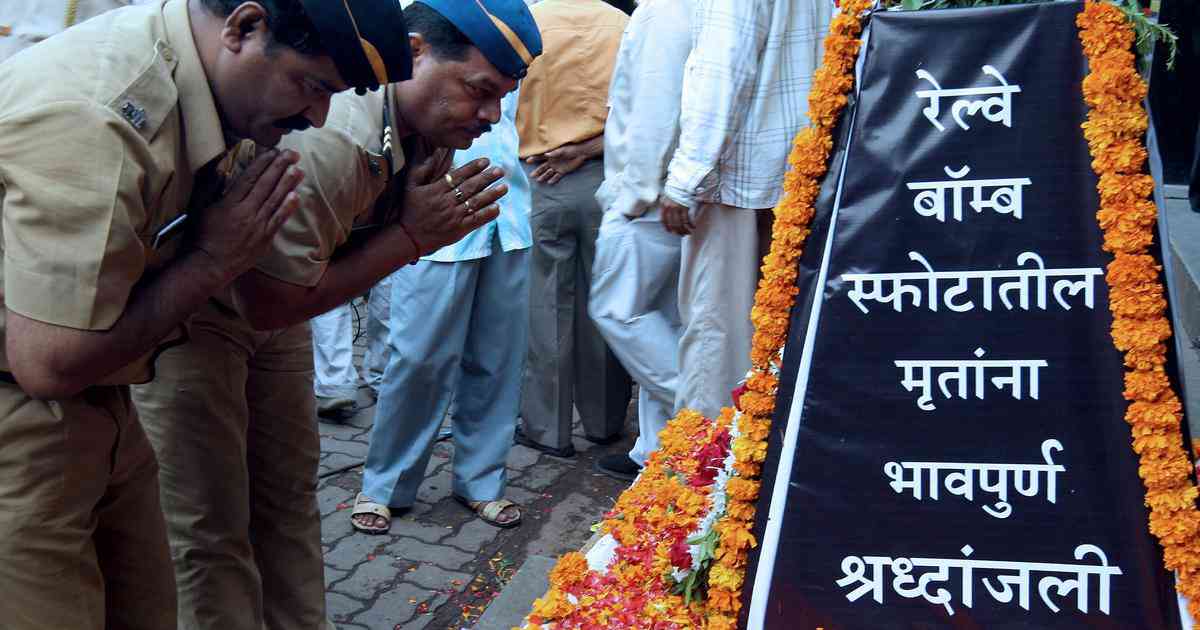
Destroyed evidence and unfair trial
The court criticised the Anti-Terrorism Squad for destroying crucial evidence.
The call detail records of the accused were a key point of contention. The defence had repeatedly requested them. The prosecution, however, claimed they had been destroyed.
The court noted that the records were of critical importance. They could have established the locations of the accused during alleged conspiracy meetings as well as verified or disproven the prosecution's claim that the accused were in contact with terrorists in Pakistan.
The anti-terrorism squad even intervened to bar the telecom company MTNL from providing the record under a right to information application.
The court concluded that the destruction of this evidence was a deliberate act to suppress material facts. It raised “serious doubts over the integrity of the investigation”. This conduct, the court said, amounted to a “grave violation of the right to a fair trial”.
The court also addressed the prosecution's claim that the accused had travelled to Pakistan for training. It held that even if the travel was proven, it was not enough to establish their guilt in the bomb blasts, especially since the prosecution had failed on all other grounds.
In its final summary, the court concluded that the prosecution had “utterly failed to establish the offence beyond the reasonable doubt”. It held that the trial court had committed a “grave error” by placing reliance on evidence that was clearly inadmissible and untrustworthy.
The Maharashtra government has already approached the Supreme Court challenging the High Court’s verdict. The apex court will hear the appeal on Wednesday.

